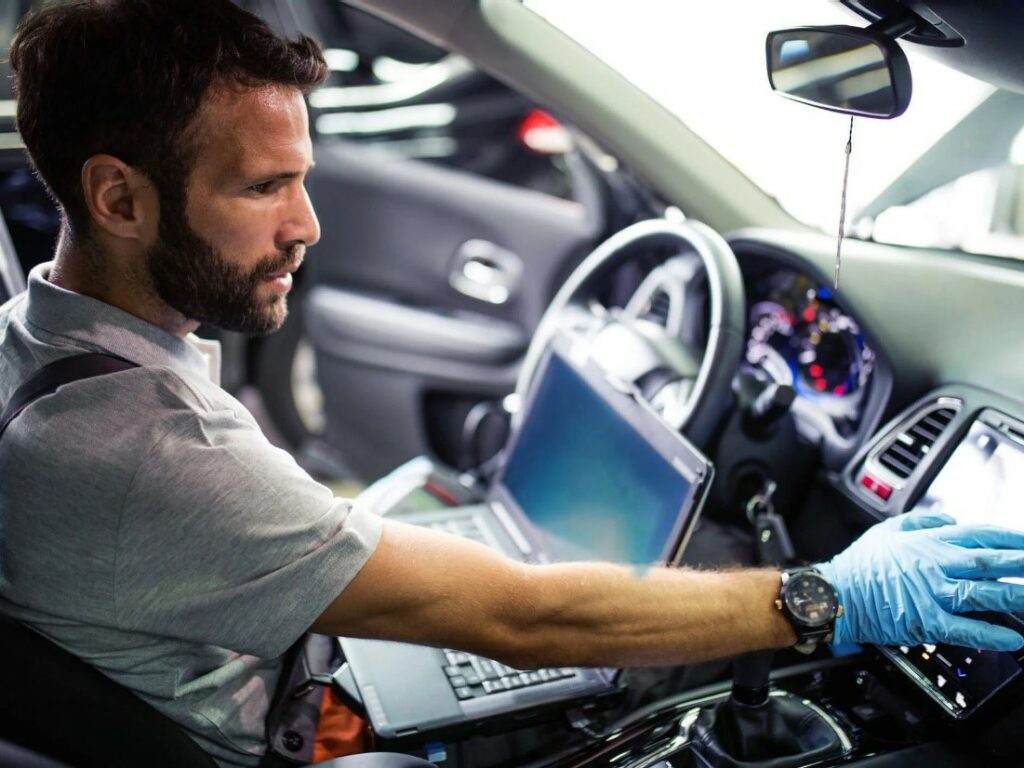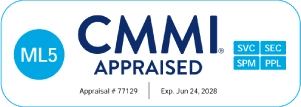In terms of revenue, the automotive industry is one of the most significant contributors to the world economy. According to The Wall Street Journal, the sales of cars and light trucks in the U.S. eclipse 18 million. Innovation is a term that has always been strongly associated with the automotive industry. The automotive industry invests about $100 billion each year exclusively on Research & Development.
The colossal demand and need for digital technology with its multifarious use by consumers around the world in everyday life, is having an extensive impact on the automotive industry.
From design rooms to factory workshops, auto companies are delving into modern technologies and vehicle concepts that have the capacity to transform the Automobile Industry. These new concepts and intelligent cars are moving steadily from the drawing board to the streets. Google has partnered with the big three auto companies – Bosch, Continental, and Delphi, to build an intelligent self-driven car. Converting these futuristic concepts to reality invariably involves the development and automotive software testing which comes with its own challenges.

Automotive software development challenges:
Software related development activities have gone from 0 to 30 or even 40 % in just over the last 30 years (Challenges in Automotive Software Engineering, Manfred Broy). The Automotive industry is under constant pressure with the involvement of complex high intensity software testing.
Let’s understand what automotive software testing is and why is it important.
The automotive industry is not like the way it used to be prior to being introduced to software applications. Manufacturing cars earlier was more of an independent and modular development. The introduction of software applications has transformed it into a complex system of software functions coming together. Fulfilling this transformation successfully needs a great leap in terms of systems engineering and testing.
Automotive governing bodies set stringent regulations that reduce the speed of technological progress. To comply with these standards and to develop glitch-free cars, automotive enterprises need to devise a comprehensive and thorough software validation process.
Best practices for engineering high quality automotive applications
Some best practices for software testing in automotive industry include:
1. Building high quality requirements:
Right from the design phase, it is imperative that the requirements are written unambiguously. This will help in addressing specific features and error handling. Each requirement written should be Correct, Feasible, Necessary, Prioritized and Verifiable.
2. Design validation with prototype:
Every design need validation. For this, it is important to create prototypes of specific functionalities. This becomes extremely critical to achieve significant technological millstones. Design validation with prototype uses the interface as a starting point to reach your design solution faster. It further validates the testing coverage of the application.
3. Building a software application that is easy to test:
The design of the software application needs efficient build and testing. Writing a testable code calls for discipline, concentration, and extra effort. It is better to have software applications designed with short modules that have defined conditions that are easy to test rather than complex software applications that are difficult to test.
4. Style of coding:
The style of coding in the software applications should be as per the set industry standards. With this, the intended result will automatically match market standards. There are a range of factors that affect the style of coding. A few of these factors are layout of the source code, indentation, white space usage around operators and keywords, capitalization or otherwise of keywords and variable names etc.
5. Completeness of the test cases:
Correctness tests highlight the extent of the compliance with requirements. Robustness tests help in measuring the functional range of the software application while completeness tests emphasize on combination of values. Building complete test cases brings standardization and eliminates the ad Hoc approach to testing.
6. Meaningful peer review:
The peer review of modules in the software applications should be focused on the build of the application and the test cases. Early and regular meaningful peer reviews adds to the measure of quality control in the software development process.
7. Automated testing infrastructure:
Tests should be enabled with the capacity to run any time, by any user. Automotive software testing infrastructure is a key component in providing consistency and reliability in software development. The right configuration in automated testing infrastructure provides effective means to verify the extent of supporting environment as required by functional requirements.
To be successful in accelerating innovation in the automotive industry, they need fundamentally sound business applications. The automotive industry is fast paced and therefore needs an effective business strategy with a strong automotive software testing operating model. Software testing in automotive industry demands that they be driven coordinated with strategic planning processes and a well synchronized manufacturing model. This will help the industry to engineer the next generation of cars which are not only innovative but are also of high quality and hence defect-free.
If you would like to know more about our software testing solutions and services, then do visit our website www.testree.com for more information.

